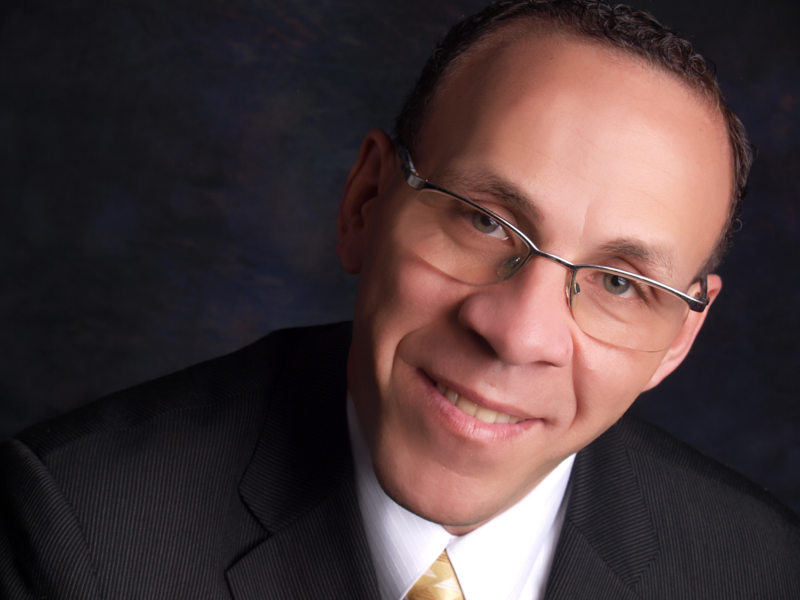
By Dr. Paul A. Murray
In order for the church to manage ministries and administration effectively and efficiently, leadership is critical. Too often in our churches, the pastor is not only the overseer but is the fill-in for most every ministry! Then, we move to what leadership is in the church and again too often members serve in multiple positions because there just are not enough leaders to take on the growing tasks and ministries of the local church. Pastors and those in leadership become frustrated because of all the “work” they do is done with little support and for many it is in addition to their full time job and family responsibilities. We relabeled “work” as “ministry” and tell all that as your ministry it is a joy to serve and give of your time and talent with no financial remuneration.
There is a genuine truth to this. However, when the role and responsibilities increase to the point where it takes away from a member having the time to grow spiritually, to grow and lead their families and be involved in their communities, it becomes a hindrance. Such issues eventually bring about burnout. Pastors become drained, their spouses and children become frustrated and church leaders shut down. All because too often time reserved for the leader is given to the operation and ministry of the church with little to no time left for anything else. As a result, we lose good pastors and good church leaders. We all have heard the statement, “Many hands make light work.”
As we move forward into 2013, we must ask ourselves, “What am I doing about leadership development?” Often, we know that this is what we should be doing but may not know what to do, what really works and how to put such a process into place that seems complex. In my years working in management for nonprofit organizations and serving in many volunteer capacities within the church and with a little more than ten years of pastoring, I have come up with a framework for leadership development for the church that is practical, simple and can be very effective. Before spelling out the details, consider these foundational statements that speak directly to who is responsible for leadership development.
1. Everyone: It is each person who must be responsible for developing the leadership giftings and skill sets that are within them. It is about ownership – owning a mindset where every life experience is looked at with the question, “What can I learn?” Teaching, meetings, conversations, all can be looked at from this lens.
2. The church: it is the responsibility of the church to create an environment where members are supported and it is conducive for development. Understanding the responsibilities of leadership development is the first big step and at this point, a framework can then be developed.
The first step is to look at all the members of your church in order to identify the target audience. You cannot make this a midweek study open to everyone in the church. It requires looking at your membership and assign each of them to one of two lists: emerging leaders and proven leaders. Emerging leaders normally are the newer people and young people in your church who you sense could have potential to move forward into leadership or lead at broader levels in the future. Proven leaders are considered those individuals who have served in ministries or as staff members. This group will have demonstrated their leadership at their current level. In addition, these are the leaders you have identified as wanting to keep engaged.
The second step involves presenting a self-directed question to both the emerging and proven leader members identified. The question that each member will be asked to answer is: “What skills or abilities do you want to learn, improve upon or maximize?” In this process, you will provide support but let them own the creation of a plan to achieve what they have listed and labeled as next steps. Your role is to encourage these individuals to identify where they are now in their leadership skill sets and what are three action steps they desire to take to get them to where they would like to be six months from now. The third step is focused upon progressing and growing. With the handful of individuals that you identified and placed in the emerging and proven leader members list give them the opportunity to progress in the levels of leadership established within your ministries.
Remember, all members have their own pace and will progress at different speeds. It is important to be realistic and understand that just because you have placed them on the list that they may not choose to learn new skills and follow through with the growth plans you have articulated. Leadership development needs to be intentional and a part of the church growth plan, but it does not need to be a time consuming and massive endeavor. The stewardship of the members is a crucial responsibility that every pastor holds near and dear. Just as God taught Moses through instruction that he needed to identify leaders to take on the growing responsibilities of kingdom building, so is it necessary in your preparation for growth to expand the leadership team in your local assembly. Don’t miss the opportunity to take simple steps of investment in others as kingdom building grows in your church through 2013.
If you have comments or any suggestions for future topics, please feel free to contact me.
You may reach me at 410.987.0755 or by email at MurrayP@aljc.net.
FEB\ 13 – 29

